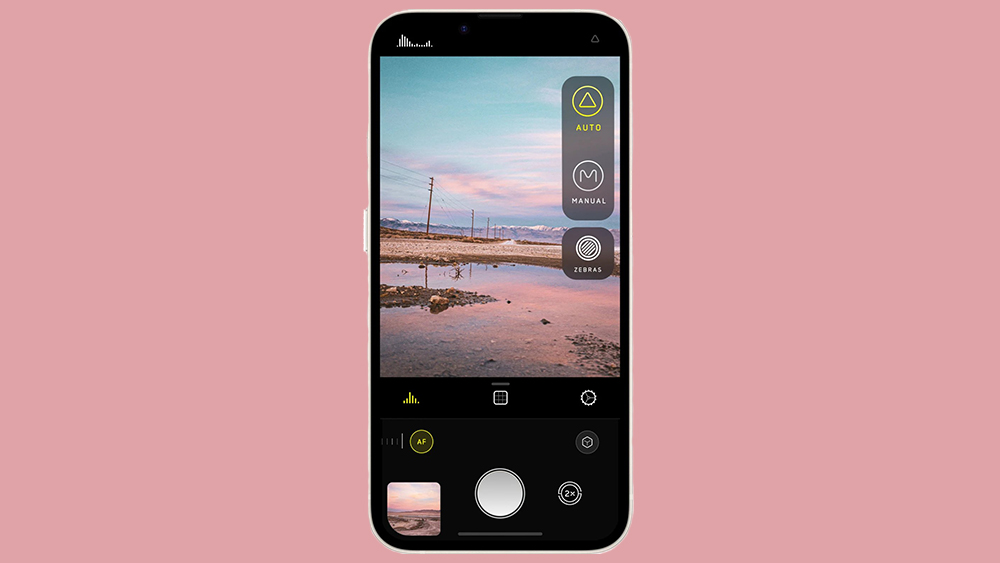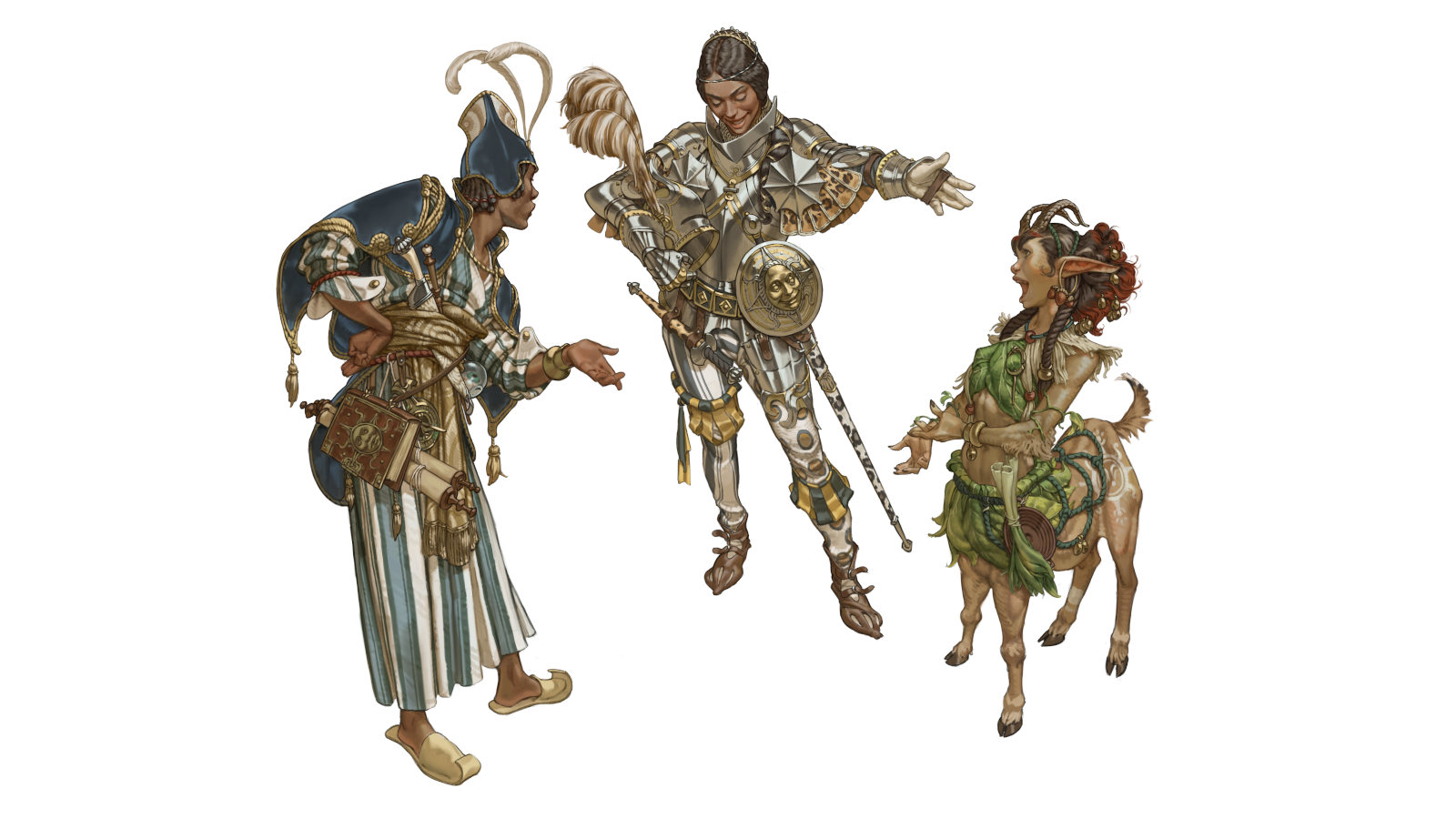
Smartphone cameras have been the subject of a furious arms race in recent years. With improved sensors and lenses often the main selling point of each year's new models, the likes of iPhone, Samsung's Galaxy S series, Google's Pixel and many more have been racing to add ever bigger sensors and further-reaching zooms.
But even with the latest generations, to get a zoom that's actually usable, you usually need to opt for the most expensive model – the iPhone 14 Pro in the case of Apple's phones. Lower-specced models still tend to rely on digital zooms that hardly generate fantastic images. But AI could be the answer to that (if you are looking to upgrade your iPhone, see our roundup of the best iPhone 14 prices and the best iPhone 14 cases).
A post shared by Halide // Spectre (@halideapp)
A photo posted by on
Lux Optics' iPhone app Halide has been around for some time, having launched its Mark II app, adding in its long-exposure tools, back in 2020. Now, it's latest update, version 2.11, adds in a new feature called Neural Telephoto, which the company says can give all iPhone photographers a usable zoom, even if they're not using an iPhone Pro.
Essentially, Halide's Neural Telephoto tool aims to give those using the standard iPhone or iPhone Plus a "a virtual telephoto lens" that performs better than the rather horrible digital zooms that users of lower-spec phones have to make do with.

Even on Apple's latest range, the iPhone 14, while the Pro has a total range of 6x optical zoom, from the 0.5x ultrawide camera to the 3x telephoto, the base iPhone lacks a physical telephoto lens. As Halide points out, normally, when you zoom in on an image using a digital zoom, "you get blurry results, and diagonal lines look a bit jagged." But it says its AI-powered Neural Telephoto uses machine learning to enhances details in such shots, creating a virtual 2x telephoto.
No, it can't beat a real telephoto lens like the one found on the iPhone Pro (or one you might be for one of the best cameras), but Halide reckons it recovers detail better than most other software. The video below by the apps developer Ben Sandofsky shows the tool in action in a real-world test.
As Sandofsky notes in the video, while the new feature has limitations, it does make an iPhone an attractive option for wildlife photography in some aspects. Aside from it being a whole lot lighter, cheaper and more portable, the ability to use it underwater is particularly attractive given how massively expensive waterproof housing is for traditional cameras.
Get the Creative Bloq Newsletter
Daily design news, reviews, how-tos and more, as picked by the editors.
A post shared by Halide // Spectre (@halideapp)
A photo posted by on
Halide is available from Apple's App Store for $11.99 a year, $2.99 a month or $59.99 for a one-time purchase. A free seven-day trial is available. For more on iPhone photography, see our iPhone Pro camera tips. We've also made a pick of the best photo apps.
Read more:

Thank you for reading 5 articles this month* Join now for unlimited access
Enjoy your first month for just £1 / $1 / €1
*Read 5 free articles per month without a subscription

Join now for unlimited access
Try first month for just £1 / $1 / €1

Joe is a regular freelance journalist and editor at Creative Bloq. He writes news, features and buying guides and keeps track of the best equipment and software for creatives, from video editing programs to monitors and accessories. A veteran news writer and photographer, he now works as a project manager at the London and Buenos Aires-based design, production and branding agency Hermana Creatives. There he manages a team of designers, photographers and video editors who specialise in producing visual content and design assets for the hospitality sector. He also dances Argentine tango.
